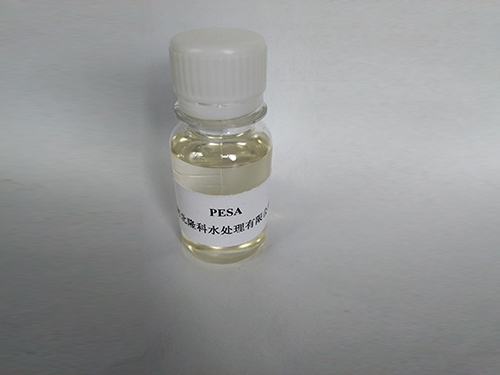hedp acid
Understanding HEDP Acid Properties, Applications, and Environmental Impact
HEDP (1-Hydroxyethylidene-1,1-diphosphonic acid) is a well-known phosphonic acid that plays a crucial role in various industrial applications. This article will delve into the properties of HEDP, its applications across different sectors, and considerations regarding its environmental impact.
What is HEDP?
HEDP is an organic compound, specifically a chelating agent, that contains two phosphonic acid groups and one hydroxyl group. Its chemical formula is C2H8O7P2, and it is often found as a colorless or slightly yellow liquid. HEDP is soluble in water and exhibits excellent stability under various conditions. One of the most noteworthy properties of HEDP is its ability to chelate metal ions, which makes it an invaluable asset across multiple industries.
Properties of HEDP
HEDP has several remarkable properties that contribute to its effectiveness as a chelating agent. Its high water solubility allows it to be easily incorporated into different formulations, whether in detergent solutions or industrial processing fluids. HEDP is also effective in preventing scale formation caused by calcium, magnesium, and other metal ions, which can lead to significant inefficiencies in machinery and water systems. Additionally, HEDP is stable across a wide range of pH levels, making it versatile for various applications.
Applications of HEDP
1. Water Treatment One of the most common uses of HEDP is in water treatment processes. It effectively inhibits the formation of scale and corrosion in cooling water systems and boilers. By preventing the deposition of mineral scale, HEDP enhances the efficiency and longevity of these systems, leading to cost savings for utilities and industries.
hedp acid

2. Detergents and Cleaning Products HEDP is often used in formulations for detergents and other cleaning agents. It acts as a builder, enhancing the performance of surfactants and contributing to the removal of metal ions that can interfere with cleaning efficacy. This application is particularly important in laundry detergents and dishwashing liquids.
3. Industrial Applications In industries such as oil and gas, HEDP is used for its scale inhibition properties during drilling and production processes. The ability to prevent mineral deposits from forming in equipment leads to reduced downtime and maintenance costs. Additionally, HEDP is employed in the production of metal complexes and is used in polymerization processes, where its chelating properties help stabilize transition metal catalysts.
4. Agriculture HEDP is also utilized in agricultural applications, particularly in fertilizers and as a plant growth enhancer. By chelating micronutrients, HEDP improves nutrient availability to plants, potentially enhancing crop yields.
Environmental Considerations
While HEDP serves various beneficial purposes, it is essential to address its environmental impact. As a phosphorus-containing compound, HEDP can contribute to the eutrophication of water bodies when it enters the natural environment in significant quantities. Eutrophication, the over-enrichment of water bodies with nutrients, leads to excessive algae growth, resulting in depleted oxygen levels and harm to aquatic life.
To mitigate these effects, regulatory agencies have established guidelines for the safe use and disposal of HEDP. The chemical should be used thoughtfully, and measures should be taken to prevent its release into waterways. Additionally, research into biodegradable alternatives is ongoing to minimize the ecological footprint of phosphorus compounds.
Conclusion
HEDP is a versatile and valuable chemical with numerous applications in water treatment, detergents, and industrial processes. Understanding its properties and uses helps industries optimize their operations while addressing the potential environmental impacts associated with its use. Continued research and responsible management practices will be essential in harnessing the benefits of HEDP while protecting our water resources and ecosystems for future generations. As industries strive for sustainability, the role of chelating agents like HEDP will undoubtedly remain a focal point in achieving a balance between efficiency and environmental stewardship.
-
The Power of Isothiazolinones in Modern ApplicationsNewsMay.08,2025
-
Flocculants in Water TreatmentNewsMay.08,2025
-
Flocculants and Chemical Solutions: What You Need to KnowNewsMay.08,2025
-
Flocculants and Chemical Solutions: A Growing IndustryNewsMay.08,2025
-
Essential Chemicals: Polymaleic Anhydride and MoreNewsMay.08,2025
-
Acrylic Polymers: Essential Solutions for IndustryNewsMay.08,2025





